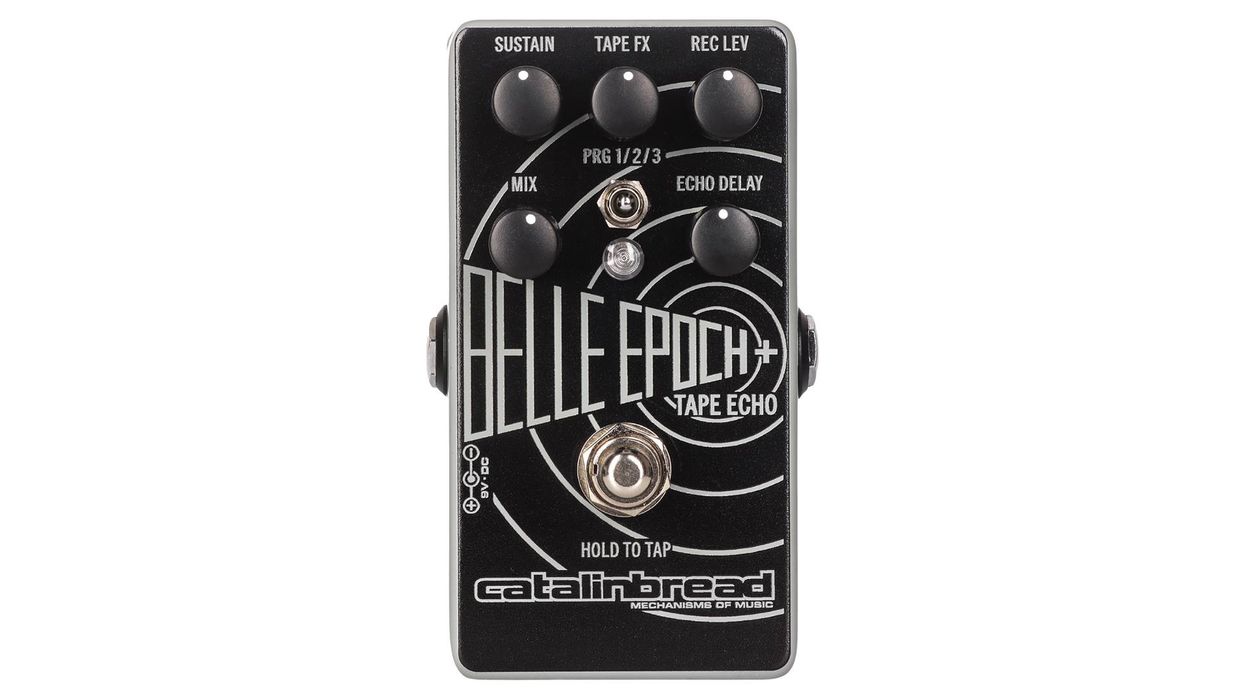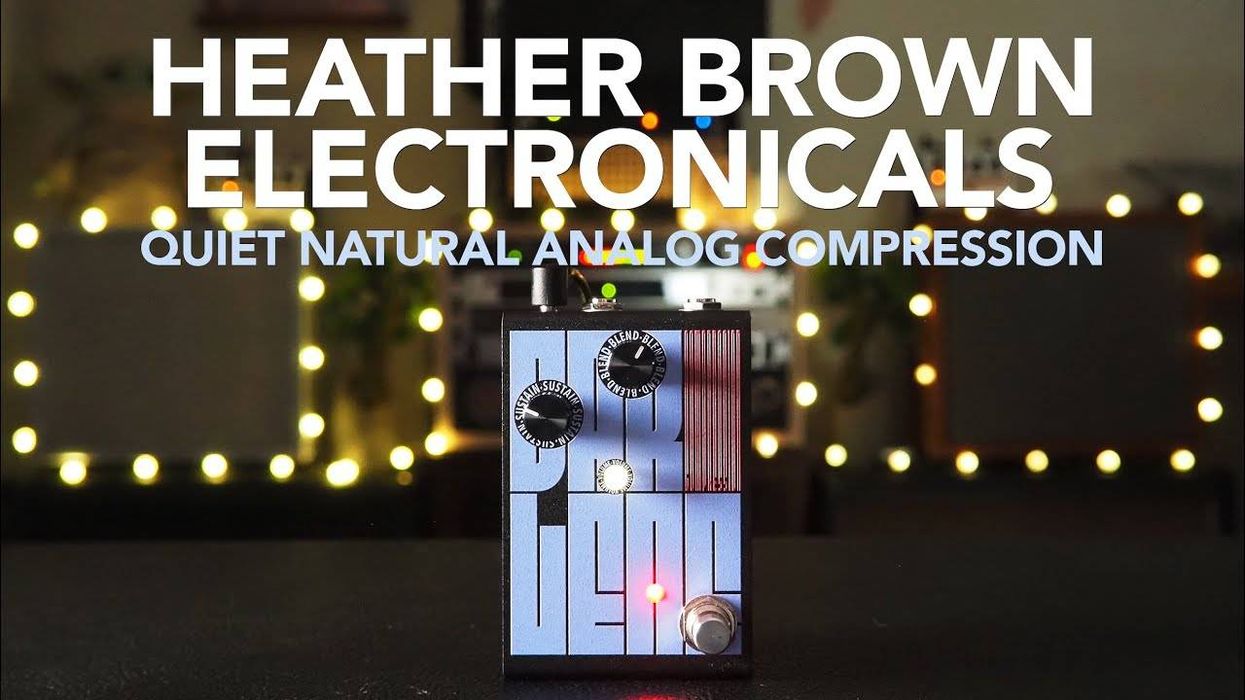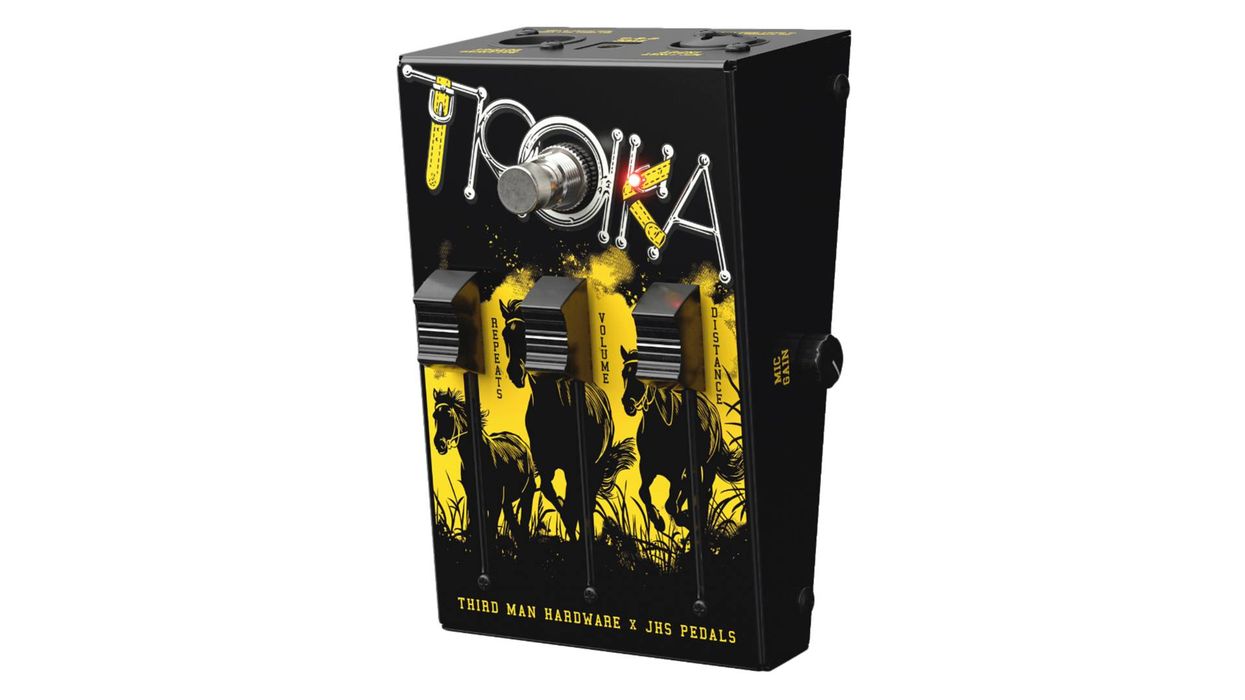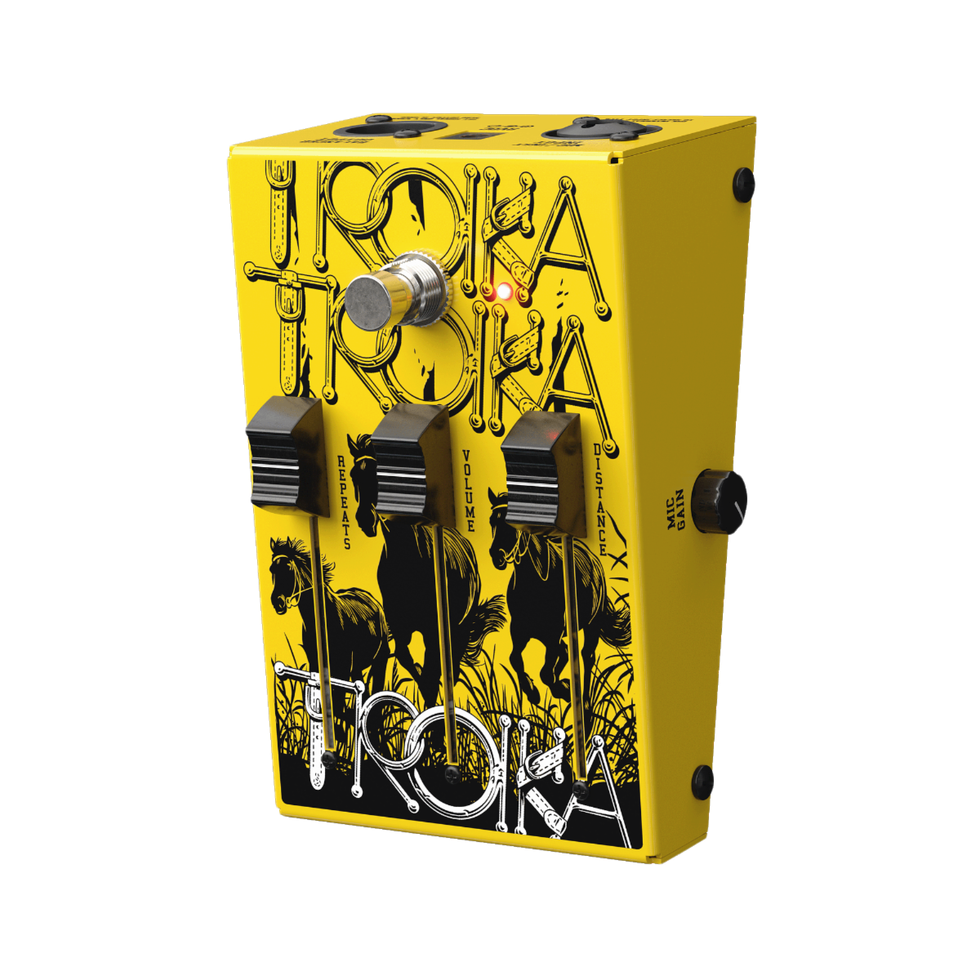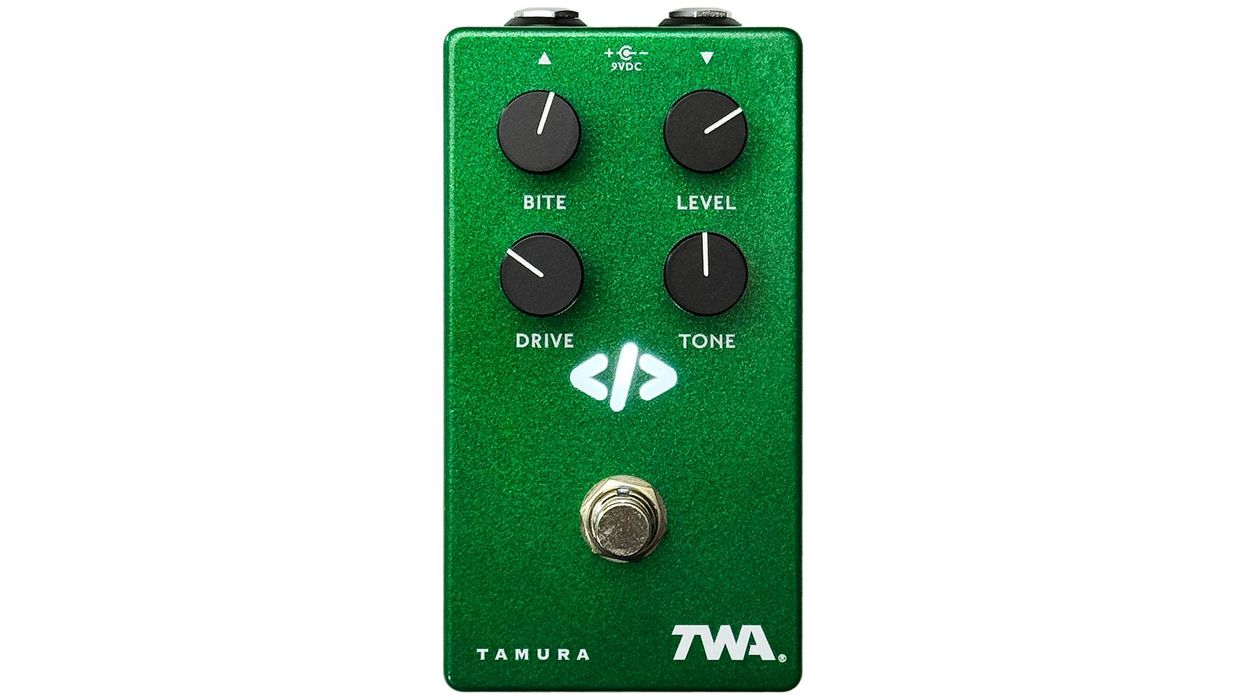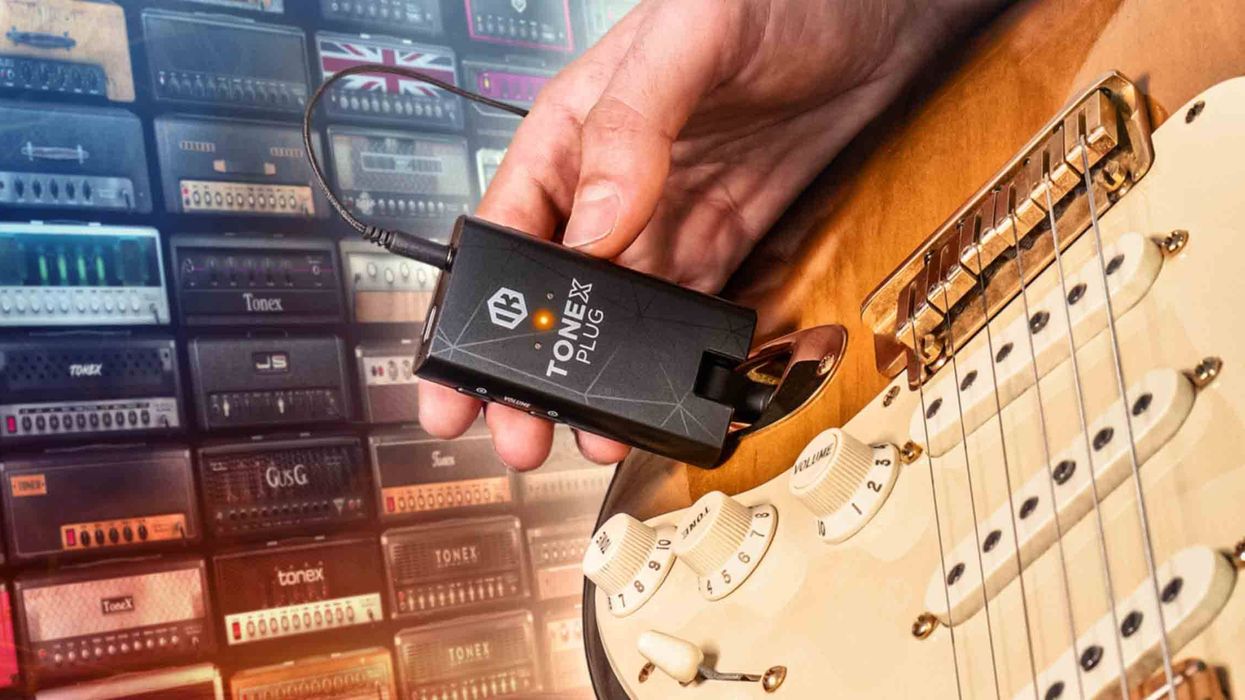The legendary bass amp used by Geddy Lee and Glenn Hughes has been redesigned and revamped.
The new AD200 is still designed on the premise that the best tone comes from the shortest signal path from bass to speaker. Whatever type of bass, playing style, or genre of music, the AD200 faithfully retains the tone of that instrument.
The addition of a new clean switch, in combination with a powerful three-band EQ, gives AD200 players an even broader frequency spectrum to dial into their amp. In addition, a brand new output transformer, with 3 inches of laminations, harnesses double the power at 30Hz, offering better response at low frequencies. ‘It now pushes more air, flaps more trouser leg — simple as that,’ explains Orange Amps Technical Director Ade Emsley. From mellow hues to heavy, percussive growl and even slap bass, the ultimate incarnation of the AD200, has just become even more versatile.
Internal changes make the amp easier to service and maintain. Each output valve now has its own 12 turn bias pot, so unmatched valves can sit side by side. ‘Now, any tech with a multimeter can bias the amp and match the valves into the amp,’ explains Emsley. ‘So, if you’re on the road with a band, you can go swap a worn valve for a new one, dial it in and you’re good to go.’ Whilst the four KT88 output valves push 200 Watts of power, the amp will run equally as well on 6550s or a combination of the two.
‘It’s a big improvement on the previous version,’ says Ade Emsley, of his work on the updated AD200. ‘It still does everything the old one does, it’s still the industry standard, but it’s now simpler, easier to use, easier to service and futureproof.’
The new, decluttered front panel design is reminiscent of the company’s iconic 1970’s amps with its original ‘bubble-writing’ Orange logo and the ‘pics-only’ hieroglyphs, all wrapped in the company’s distinctive orange Tolex covering.
Over the last forty years, the Orange Bass Cabinets have become an undeniable industry standard. They have been remodelled to use Celestion Pulse XL bass speakers across the OBC810C, OBC410HC, and OBC115C cabs. The upgrade delivers a tight, punchy low-end with a warm mid-range that’s full of presence. The premium build of these cabinets remains, delivering players, bands and techs the road-worthy dependability they demand. In addition, the popular OBC410HC has been modified by removing one vertical partition and strengthening the horizontal one to be lighter and tighten up low-end response.
For more information, please visit orangeamps.com.



